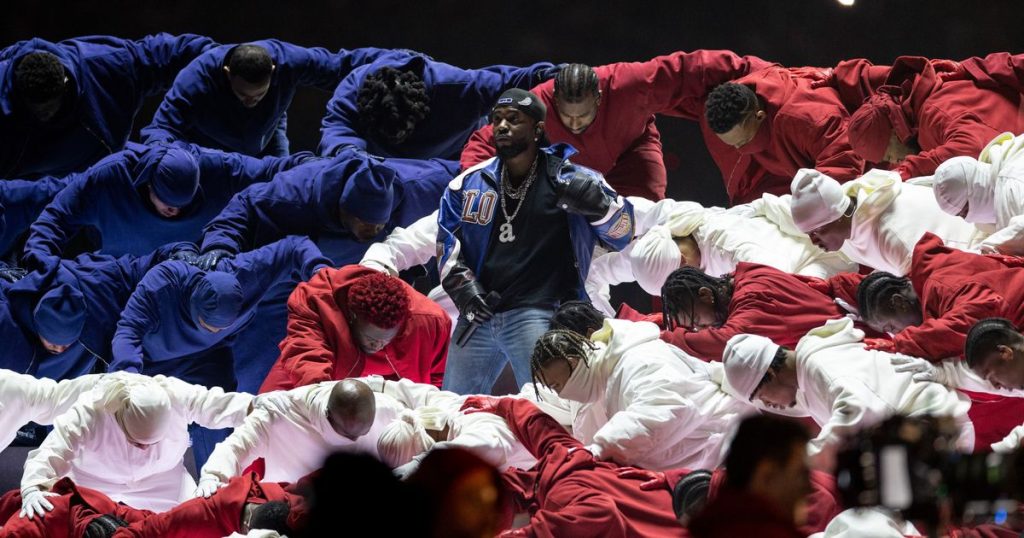Robbie Williams and the Halftime Hoax: A Tale of Fame and Social Media
Robbie Williams, a household name in the UK, recently made headlines with a playful prank that highlighted the vast differences in his popularity between the UK and the US. Known for his charismatic stage presence and a career spanning decades, Robbie’s fame in America is notably less than across the pond. This disparity became the backdrop for a humorous hoax when he announced his selection as the halftime performer for the 2026 Super Bowl, a claim he later revealed was merely a jest.
The Super Bowl Halftime Show: A Cultural touchstone
The Super Bowl halftime show is more than just a performance; it’s a cultural phenomenon. With millions tuning in annually, it’s a platform that offers a mix of entertainment and societal reflection. The 2025 event, featuring Kendrick Lamar, sparked discussions on artistry and cultural relevance, setting the stage for Robbie’s prank. His faux announcement tapped into the show’s significance, generating both excitement and confusion among fans.
Public Reaction: A Mix of Amusement and Confusion
Robbie’s tweet declaring his halftime slot quickly went viral, drawing a spectrum of reactions. Fans from the UK celebrated, recalling his iconic performances, while some Americans were perplexed, questioning his fame. Social media became a battleground of opinions, reflecting broader discussions on celebrity culture and the globalization of fame. The hoax underscored the power of social media in spreading news, where a simple tweet can ignite a wave of reactions.
Confession and Context: The Motivation Behind the Prank
Robbie soon confessed the prank, attributing it to boredom and a playful urge to troll. This revelation offered insight into his personality—witty and engaging, yet aware of his position in the limelight. His actions highlighted the blurred lines between reality and illusion in the digital age, where celebrities can manipulate public perception with ease.
Contrasting Performances: Kendrick Lamar and Robbie Williams
The juxtaposition of Kendrick Lamar’s politically charged performance with Robbie’s lighthearted hoax illustrates differing approaches to fame and public engagement. Lamar’s set, a powerful statement on social justice, divided viewers, while Robbie’s prank, though harmless, engaged fans in a different way. This contrast reflects the diverse roles celebrities play in contemporary culture.
Conclusion: Celebrity, Social Media, and the Fan-Celebrity Dynamic
Robbie’s prank serves as a testament to his humor and the dynamic interplay between celebrities and their fans. It also underscores the power of social media in shaping narratives and the fleeting nature of online trends. The incident, while fleeting, offers a glimpse into the complexities of fame, cultural differences, and the enduring connection between artists and their audiences. Robbie’s hoax, in its own way, becomes a story of our times, where celebrities navigate and occasionally manipulate the digital stage with wit and wisdom.
